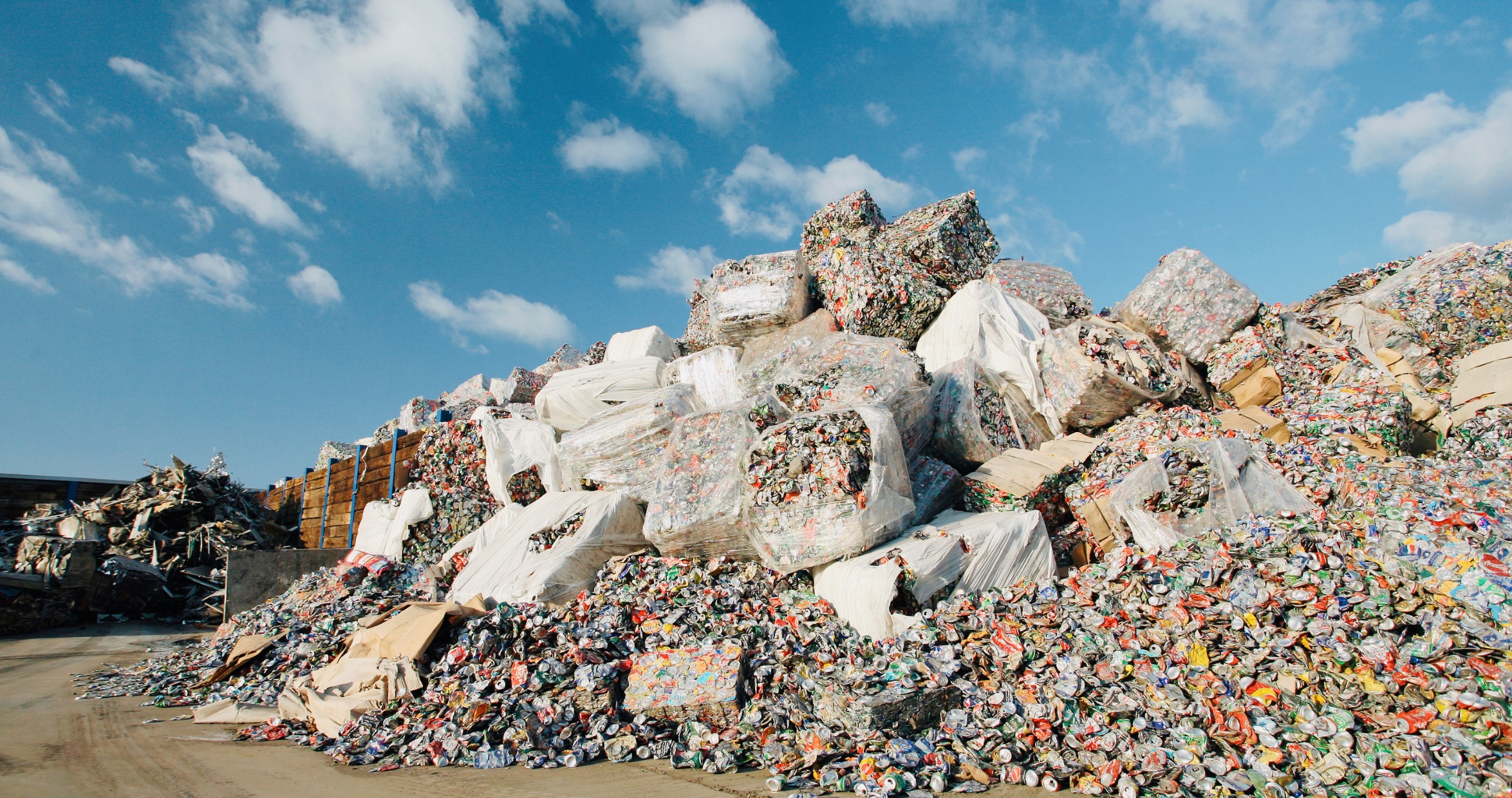A Guide to Environmental Management: How To Dispose Of Empty Spray Paint Cans
In our modern world, convenience often comes hand-in-hand with responsibility. As we engage in various projects requiring spray paint, we must also consider properly disposing of the empty spray paint cans that accumulate. These may seem harmless containers but can pose environmental risks if mismanaged.

In this guide, we will explore How To Dispose Of Empty Spray Paint Cans and the importance of responsible disposal, methods to safely dispose of empty spray paint cans, recycling options, and the broader impact of our choices on the environment. Let’s explore a journey of environmental balance together.
The Potential Environmental Impact of Improper Disposal
Before we dive into the specifics of disposing of empty spray paint cans, let’s take a moment to gather Knowledge about the potential environmental impact of improper disposal:
Hazardous Residues
Empty spray paint cans often contain residues of paint and propellant gases. When not disposed of correctly, these leftover gases or paints can leach into the soil and groundwater, potentially contaminating the environment.
Metal Waste
Spray paint cans are typically made of steel or aluminum. When sent to landfills, these metals can take years to decompose and may contribute to resource depletion.
Aerosol Canisters
Aerosol canisters are under pressure, and improper disposal methods can result in explosions or fires, posing safety risks to waste management personnel and the environment.
Missed Recycling Opportunities
Failure to recycle empty spray paint cans means that valuable materials are not being reused in manufacturing, resulting in increased resource consumption. Responsible disposal and recycling of empty spray paint cans are a small part of a broader environmental balancing effort. By adopting Eco-friendly practices, we contribute to a cleaner and healthier planet:
Support for Sustainable Packaging
Support initiatives that promote sustainable packaging in the paint industry. Encourage paint manufacturers to adopt Eco-friendly packaging options that reduce waste and minimize the environmental impact of their products.
DIY Paint Recycling
Consider reusing or recycling leftover paint when possible. Many communities have paint recycling programs or swap events where you can exchange unused paint with others who may need it. This reduces waste and conserves resources.
Eco-Friendly Paint Choices
Choose paints with low or zero volatile organic compounds (VOC’s) when exploring a painting project. VOC’s are harmful chemicals that can contribute to air pollution and have adverse health effects. Low-VOC and Zero-VOC paints are not only better for your health but also for the environment.
Proper Paint Storage
If you have leftover paint, store it properly to extend its shelf life and usability. Seal the paint can tightly to prevent air from entering and causing the paint to dry out. Store paint in a cool, dry place away from extreme temperatures.
Support Recycling and Sustainability Organizations
Consider donating to or volunteering with organizations dedicated to recycling and environmental sustainability. These organizations often play an essential role in promoting responsible waste management and advocating for Eco-friendly practices.
Raise awareness
Engage in conversations and raise awareness about responsible waste disposal and recycling within your community. Encourage friends, family, and neighbors to join efforts to reduce waste and protect the environment.
Reduce Single-Use Plastics
Many spray paint cans come with plastic caps or nozzles. As part of your broader environmental efforts, minimize single-use plastics by choosing products with minimal plastic packaging or advocating for alternatives.
Composting Paint Residues
For those who are adventurous in the world of Eco-friendliness, consider exploring composting methods for paint residues. Some organic composting techniques can break down paint residues safely when done correctly. This option is only suitable for some and should be approached with caution.
Supporting Circular Economy
Engage in a circular economy by seeking products designed with recycling and sustainability in mind. Supporting businesses prioritizing recycling and repurposing materials helps create a more sustainable future.
Government and Industry Collaboration
Support collaboration between governments, industries, and consumers to develop and implement environmentally friendly practices. Governments can incentivize responsible waste management, while industries can innovate to reduce their environmental footprint.
Methods for Safe Disposal: How To Dispose Of Empty Spray Paint Cans
Now that we understand the environmental implications let’s explore responsible methods for disposing of empty spray paint cans:
Empty the Cans: Before disposal, ensure that the cans are empty. Spray the remaining paint onto a surface until the canister is empty. This minimizes the risk of environmental contamination.
Check Local Regulations: Research your local regulations regarding the disposal of aerosol cans. Different areas may have specific guidelines or recycling programs in place. Compliance with local regulations is essential.
Household Hazardous Waste Collection: Many municipalities offer household hazardous waste collection programs. Empty spray paint cans can often be disposed of through these programs. Check with your local government or waste management authority for information on collection dates and drop-off locations.
Recycling Centers: Some recycling centers accept empty aerosol cans for recycling. Ensure that the cans are empty and free from any hazardous materials. Remove the plastic caps if present, as they may be made of a different type of plastic and should be recycled separately.
Local Retailers: Certain retailers that sell spray paint may accept empty cans for recycling. Call them to inquire if they offer such a service. This is a convenient option if you frequently purchase spray paint.
Scrap Metal Facilities: Empty steel or aluminum spray paint cans can often be taken to scrap metal recycling facilities. However, verify the facility’s acceptance policies and whether they require cans to be crushed or punctured to be accepted.
Puncture and Recycle: To ensure that empty aerosol cans are safe for recycling, you can puncture them using a specialized aerosol can puncture tool. This releases any remaining pressure and renders the can safe for recycling with other metal materials.
Recycling Empty Spray Paint Cans
Recycling empty spray paint cans reduces waste and conserves valuable resources.
Here’s how to prepare them for recycling:
Empty Completely: Ensure the cans are empty by spraying any remaining paint or fuel.
Remove Plastic Parts: If your spray paint cans have plastic caps or nozzles, remove these parts, as they are typically made from different types of plastic and should be recycled separately.
Confirm Local Recycling Options: Contact your local recycling center or municipality to confirm whether they accept empty aerosol cans. Some areas may have specific guidelines or requirements for recycling aerosol cans.
Prepare for Recycling: Place the empty aerosol cans in your recycling bin or follow the guidelines provided by your local recycling program. Be sure to separate them from other materials, such as paper or cardboard.
Aerosol Can Recycling Benefits: Recycling empty aerosol cans conserves metals like steel and aluminum and reduces the energy and resources required for manufacturing new containers. It’s a sustainable choice that benefits the environment.
Environmental Impact Assessment and Monitoring
Before initiating any spray paint project, it’s essential to consider the potential environmental impact. An environmental impact assessment (EIA’s) helps identify and evaluate the potential consequences of a project on the environment. This assessment allows for the development of mitigation measures to minimize adverse effects.
Monitoring the environmental impact of spray paint projects is an ongoing process. Regular checks can help identify any unexpected environmental changes or issues during the project. By actively monitoring and addressing concerns promptly, you can reduce the chances of environmental harm and ensure responsible project management.
By conducting EIA’s and implementing monitoring programs, you demonstrate a commitment to environmental responsibility and sustainable practices. These efforts contribute to a more comprehensive environmental management approach and align to minimize environmental harm.
Incorporating these additional considerations into your spray paint projects further highlights the importance of environmental stewardship and responsible project management. It showcases a commitment to proper disposal and proactive measures to protect our natural surroundings. With these principles in mind, we can collectively work towards a cleaner, healthier planet, knowing that each step we take plays a crucial role in preserving our environment for future generations.
Conclusion
Disposing of empty spray paint cans and broader environmental balance practices are closely connected. By making mindful choices and adopting Eco-friendly habits, we contribute to a cleaner, healthier planet. Our actions, collectively, play a significant role in shaping a more sustainable future for generations to come.
Since you have gathered much Knowledge about how to dispose of empty spray paint cans from this informative writing, you learned the principles of balancing the environment with our spray paint project. With these principles in mind, we can continue to reduce waste, conserve resources, and protect our environment. Remember, every small effort counts, and together, we can substantially impact the world around us.

